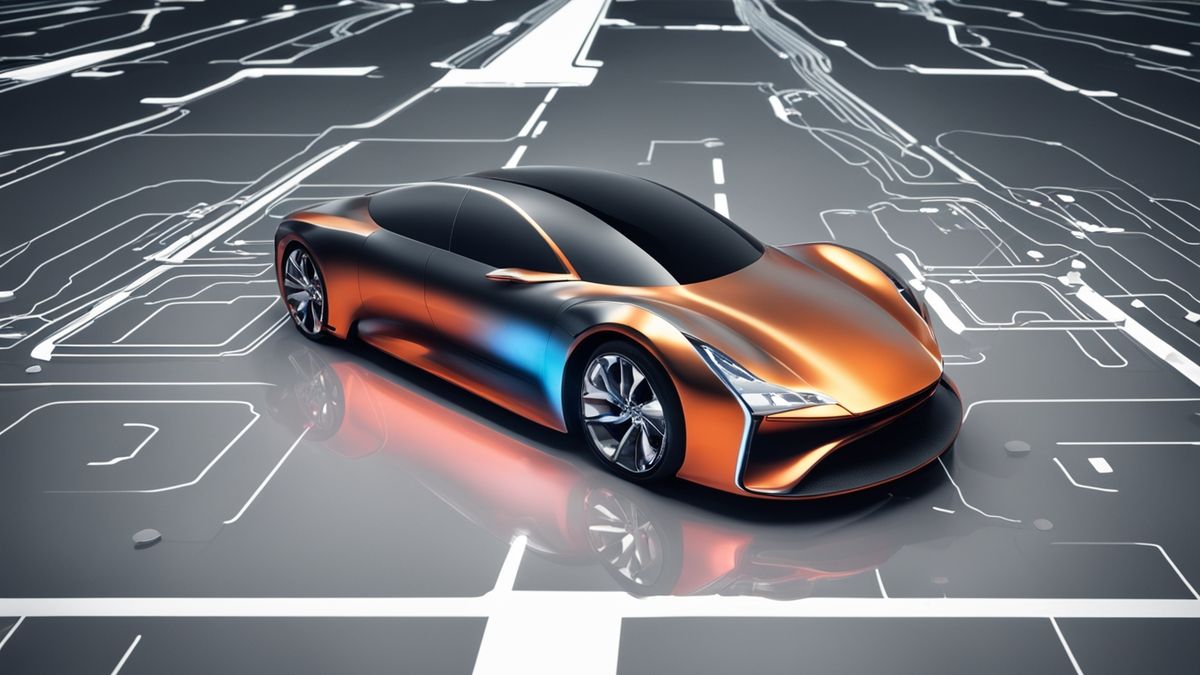
In the rapidly evolving landscape of automotive design, integrating advanced driver assistance systems (ADAS) and autonomous driving capabilities has become imperative. With rising user expectations for safety, infotainment, and personalization, vehicles are transforming into mobile data centers. This transformation necessitates robust communication infrastructures to facilitate seamless operation and data processing. In this context, the automotive industry increasingly turns to Peripheral Component Interconnect Express (PCIe) technology to meet the demands of software-defined vehicles (SDVs).
Why PCIe Stands Out
Initially developed for the computing industry, PCIe technology has found its way into aerospace and automotive applications. Its point-to-point bidirectional bus structure offers scalability and high bandwidth, making it ideal for handling the complexities of ADAS and autonomous driving systems. With advancements like generation 6.0 boasting data transfer rates of 64 GT/s and backward compatibility, PCIe’s evolution has positioned it as a preferred choice for automotive communication architectures. The automotive sector is witnessing a paradigm shift towards PCIe for several reasons. Firstly, PCIe’s low latency facilitates real-time data processing, which is crucial for ADAS and autonomous driving functionalities. Secondly, PCIe-based Non-Volatile Memory Express (NVMe) SSDs offer significantly faster read/write speeds than traditional storage interfaces, enhancing performance for AI and machine learning applications. Additionally, PCIe’s power efficiency aligns with the automotive industry’s focus on minimizing power consumption, particularly in electric vehicles where range is a key concern.
Microchip Leads with Automotive-qualified PCIe Switches
In response to the automotive industry’s adoption of PCIe, Microchip introduced the industry’s first Gen 4 automotive-qualified PCIe switches in 2022. These switches, including the Switchtec PFX, PSX, and PAX series, cater to the high-speed interconnect needs of distributed, real-time, safety-critical data processing in ADAS architectures. Furthermore, Microchip offers a range of PCIe-based hardware components, such as NVMe controllers, NVRAM drives, and timing solutions, enabling seamless integration of PCIe technology into automotive systems.
The adoption of PCIe technology in the automotive sector marks a significant milestone in the journey towards more efficient, safe, and intelligent vehicles. As manufacturers continue to innovate and push the boundaries of automotive technology, PCIe’s role is likely to expand, offering new possibilities for vehicle communication systems and onboard data processing. This shift not only enhances vehicle performance but also lays the groundwork for the next generation of automotive advancements, promising a future where cars are not just modes of transportation but sophisticated mobile computing platforms.
